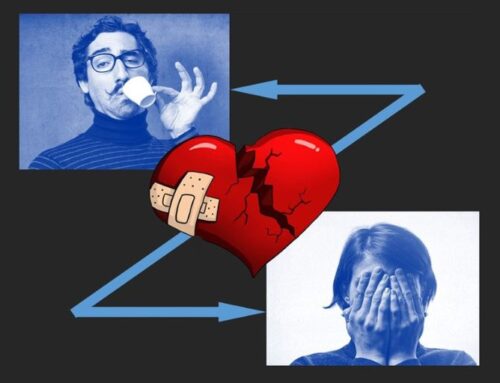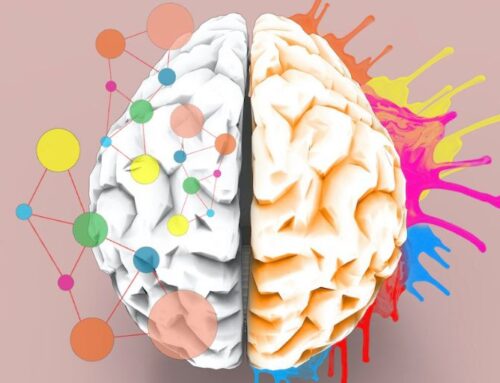“To become happier, wiser, and more loving, sometimes you have to swim against ancient currents within your nervous system.” Rick Hanson
Our glorious brains. They make everything possible and, at the same time, many things very difficult.
Our brains keep us alive and functioning. Without our brains we wouldn’t exist. Our brains are clever beasts that have evolved in a way that have made us masterfully adaptive. That’s the good part.
The Negativity Bias
At the same time the brain efficiently recalls and recreates difficult situations and their emotional associations which produce unnecessary stress and often low mood, having repercussions for physical and psychological health. That’s the not so good part.
Yes, it’s true. The brain tends to lean toward the negative, which all goes back to how we developed in an evolutionary survival sense. The brain constantly scans for threats.
However, current developments in Brain Science are unlocking the mystery of the how and the why of brain functioning in all of its wonder. And as we learn more we are discovering how to improve our cognitive abilities, increase our emotional serenity and maximize our potential for positive change.
Changing Our Brains
Yes, we can change our brains. The brain’s capacity for change is called neuroplasticity. Further good news. But it takes focus and persistence to achieve that change.
One writer Dr Rick Hanson, who draws from both the wisdom of Buddhism and the discoveries in neuroscience, tells us:
“Given the negativity bias of the brain, it takes an active effort to internalize positive experiences and heal negative ones. When you tilt toward what’s positive, you’re actually righting a neurological imbalance. And you’re giving yourself today the caring and encouragement you should have received as a child, but perhaps didn’t get in full measure.”
This is really good news for us, especially for those of us that are on a journey of intrapersonal and interpersonal transformation. We can begin the rewiring needed through conscious effort or mindfulness practices that have been developed over time, practices like meditation, focus on breathing, replacing negative thoughts and feelings with more truthfully positive ones.
As Rick Hanson puts it, we need to “take in the good” and intensify it in our minds. The result is greater contentment and an enhanced ability to achieve our dreams and goals.
There are many mindfulness resources we can access to learn how to begin this reshaping. The challenge is to commit to the practices and then begin the work.







